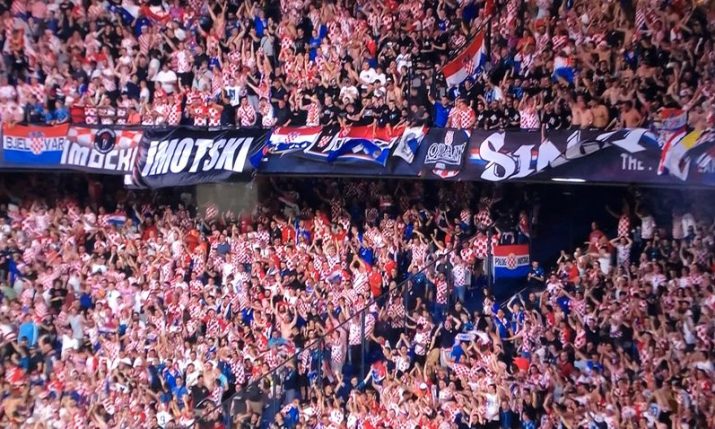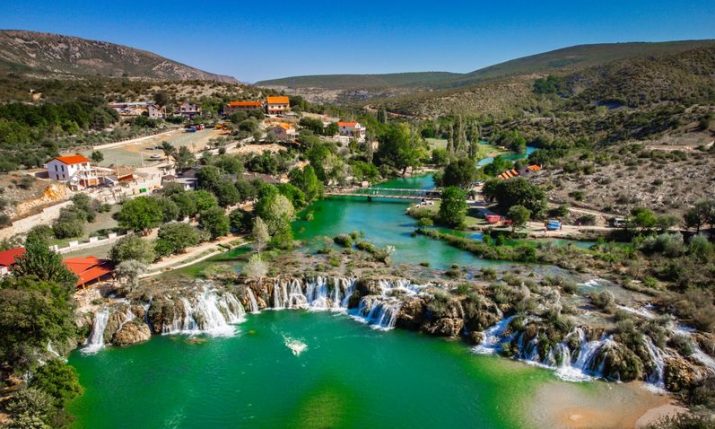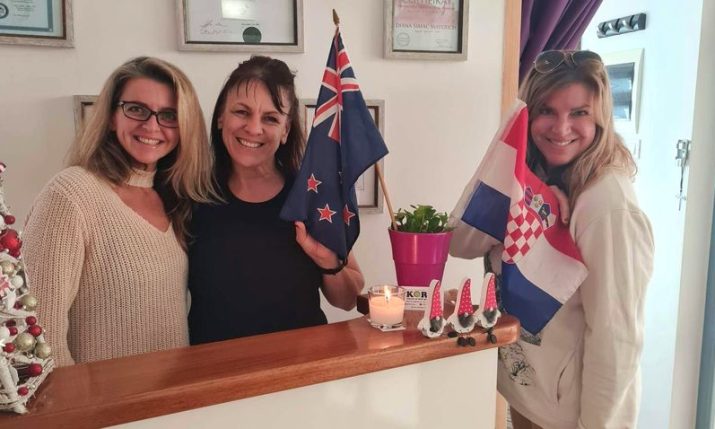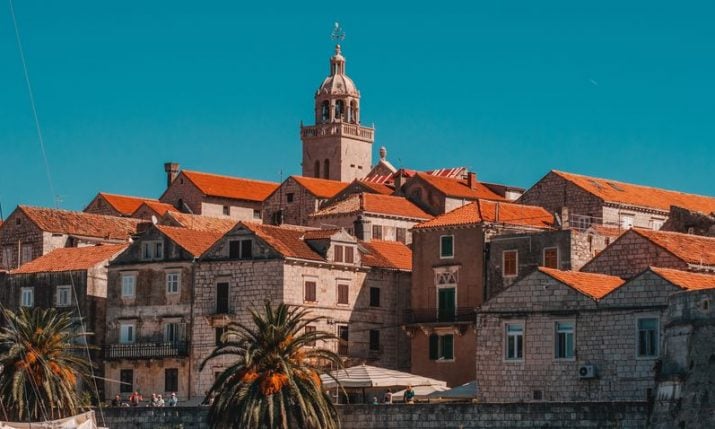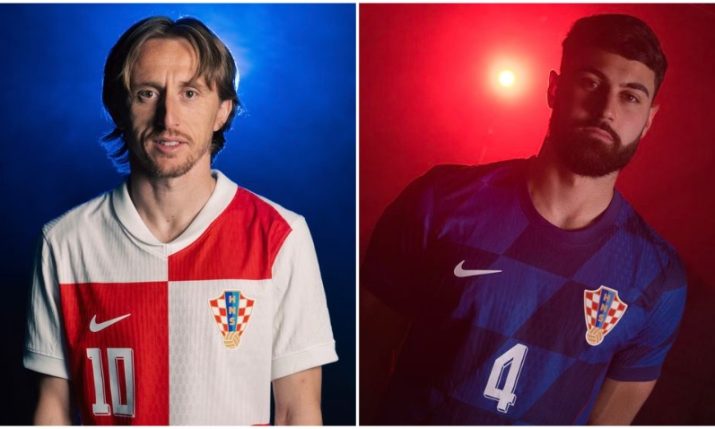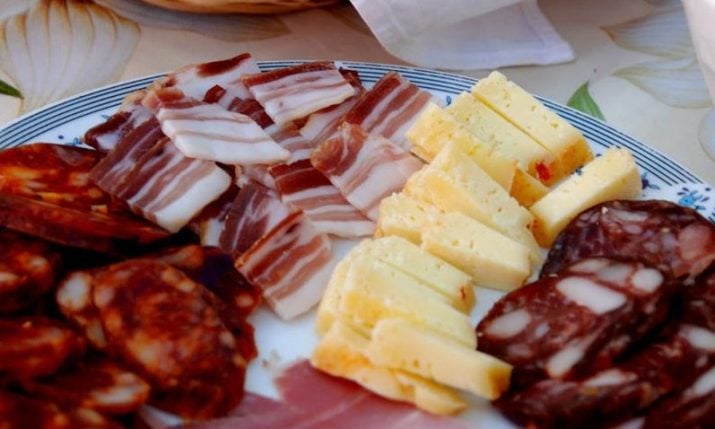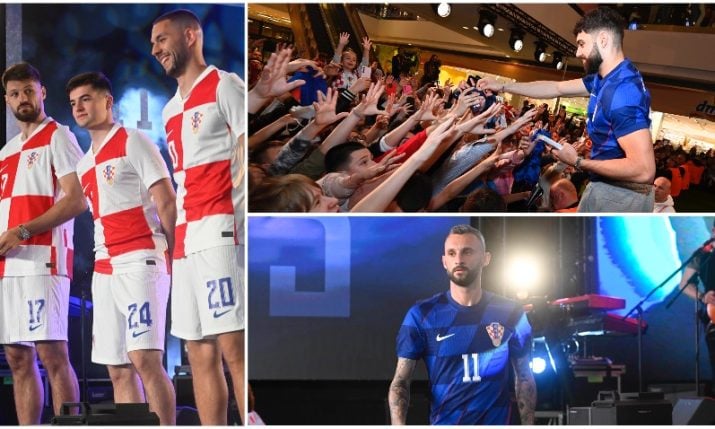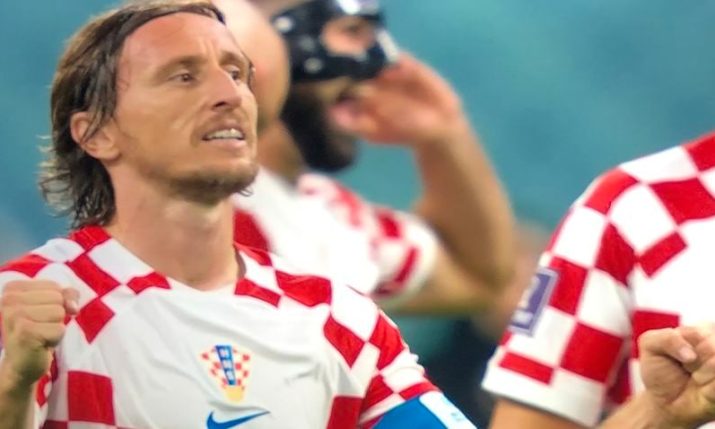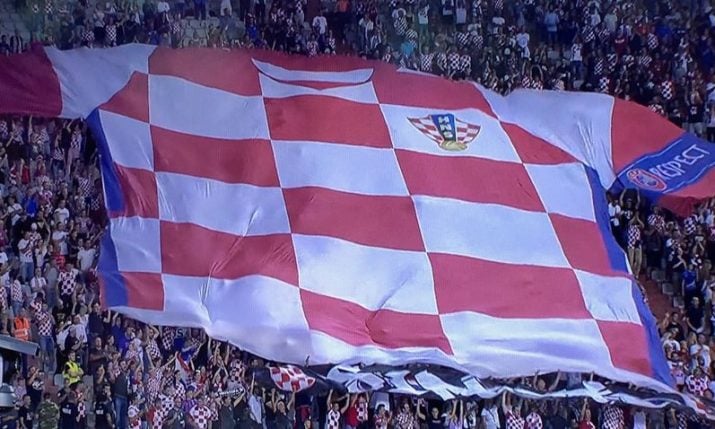Euro 2024: Croatia’s path to qualification and playoff explained
- by croatiaweek
- in Sport
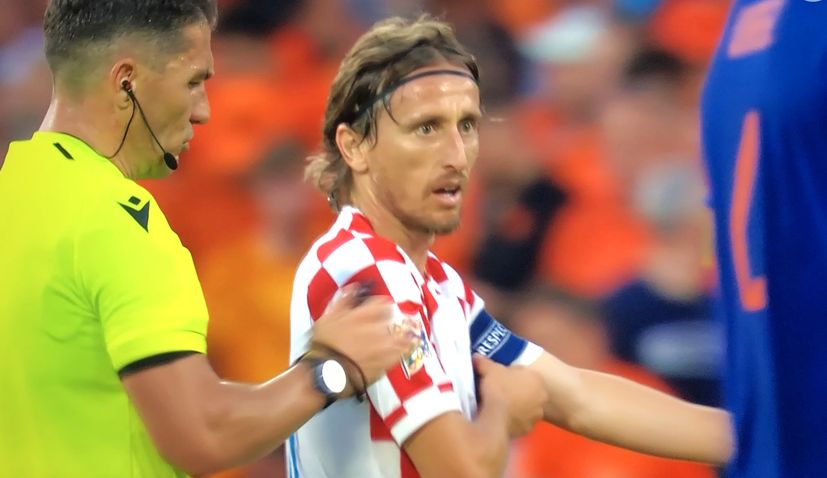
Luka Modrić
Two disappointing losses against Turkey and Wales this past week has seen Croatia go from cruising towards automatic Euro 2024 qualification to now needing other results to go their way.
Croatia is now in third place in Group D and If they don’t finish in one of the first two places in the group, they will have to go through additional qualifications for the sixth time in history.
Croatia’s final two matches are against Latvia in Riga on November 18th and Armenia in Zagreb on November 21st.
If Wales win their final two matches against Armenia and Turkey, then Croatia will finish third and will have to qualify via the playoffs.
How does the playoff work?
UEFA has been using a system since the last Euro that rewards the best-placed teams from the Nations League that didn’t qualify through the group stage. This is good news for Croatia because they played in the final of that competition and now have a Plan B.
12 teams will play in the additional qualifications, divided into three groups of four, following the semi-final and final format in a single match. The host of the semi-finals will be the higher-ranked team from the Nations League, while the host of the final will be determined by a draw. The dates are March 21st and 26th next year, with only the winner advancing to the Euro.
All 12 teams will know in advance which groups they will end up in for the final tournament if they qualify. In the draw on December 2nd in Hamburg, they will be in the final, fourth pot of seeded teams (if Croatia qualifies directly, they could also be in the second and third pots).
How will be in the playoffs?
The results from these qualifiers are not taken into account at all, only the final standings in the last Nations League. The top four teams from League A, League B, and League C that didn’t qualify directly go to the playoffs. However, this might not be the case on paper, as shown in previous cycles.
UEFA has therefore decided to protect the group winners of League B and League C and determined that they cannot play in the playoff in the league above theirs, while the first free spot in the draw must be taken by the best team from League D (this time they don’t have a separate draw), which is Estonia. The remaining free spots are filled according to the standings in the Nations League.
Croatia have been experts in play-off qualification and have a perfect record of five out of five: in 1997 in the World Cup qualifiers, they beat Ukraine (2-0, 1-1); in 2003 before the Euros, it was Slovenia (1-1, 1-0); in 2011 before the Euros, it was Turkey (3-0, 0-0); in 2013 for the World Cup, it was Iceland (0-0, 2-0); and in 2017 before the World Cup, it was Greece (4-1, 0-0), 24sata recalls.
What would the playoff pairs look like now?
Until the end of the qualifiers, some teams must play one more, some two, and some three matches, so it’s difficult to predict what the final structure will look like.
As things stand now, if Croatia were to play in the playoff, they would host Estonia in the semi-finals and potentially face the Netherlands or Poland in the final. The problem is that the Dutch, as the top seed, are trailing in their qualifying group (three points behind Greece with a game in hand). If they don’t qualify, they could potentially be Croatia’s opponent in the playoff final as the second seed in League A.
A slightly more realistic option is that in the second semi-final, potential opponents for Croatia could be Poland or the Czech Republic as the second seeds, while they could face Finland, Ukraine, and Iceland on the other side.
The draw for the host of the playoff final will take place two days after the end of the qualifiers on November 23rd in Nyon.

